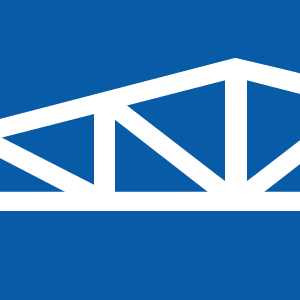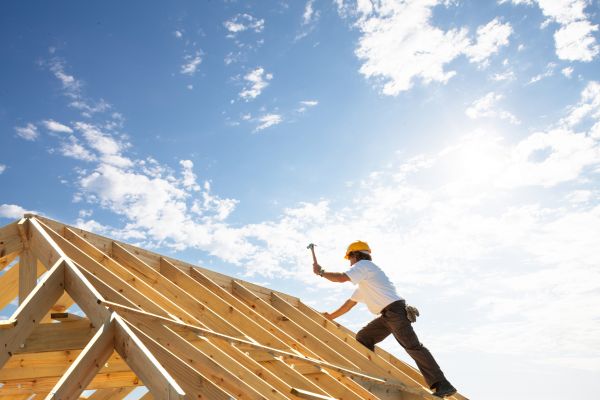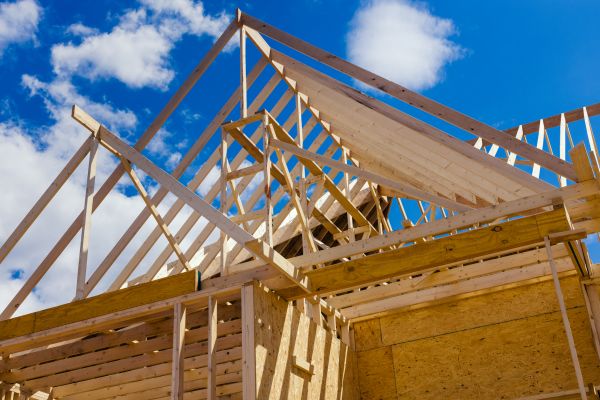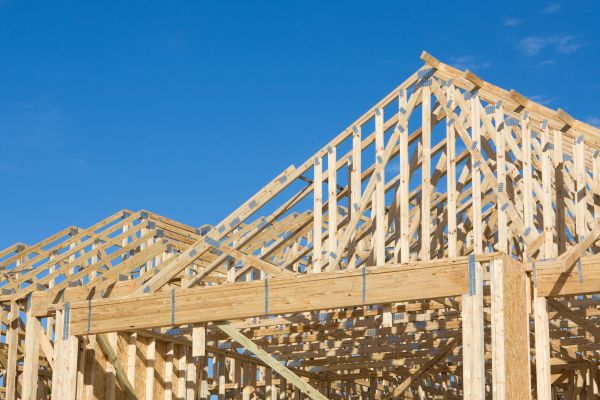Pitched Roof Framing Service
Affordable Pitched Roof Framing
Pitched roof framing is a critical aspect of building construction that involves the creation of a sloped roof structure. This type of roofing is designed to facilitate water drainage and withstand various weather conditions, making it a popular choice for residential and commercial buildings. The framing provides the necessary support for the roof covering and insulation, ensuring the building remains safe and energy-efficient. Properly executed pitched roof framing not only enhances the aesthetic appeal of a structure but also contributes to its longevity and structural integrity.
Benefits of Pitched Roof Framing
-
Enhanced Water Drainage
The sloped design of pitched roofs naturally directs rainwater and snow away from the roof surface, reducing the risk of water pooling and leaks. This efficient drainage system helps protect the building's interior from water damage and prolongs the lifespan of the roofing materials. -
Improved Energy Efficiency
Pitched roofs allow for better ventilation and insulation options, which can significantly improve a building's energy efficiency. The additional space beneath the roof can be used for insulation, reducing heat loss in the winter and keeping the building cooler in the summer. -
Increased Structural Durability
The triangular shape of pitched roof framing distributes weight more evenly across the structure, providing greater resistance to wind and other environmental stresses. This increased durability can lead to lower maintenance costs and a longer lifespan for the building. -
Aesthetic Appeal
Pitched roofs offer a classic and attractive appearance that can enhance the curb appeal of any building. With a variety of styles and materials available, pitched roofs can be customized to complement the architectural style of the property.
FAQs About Pitched Roof Framing
What is the typical pitch for a residential roof?
The pitch of a residential roof usually ranges between 4/12 to 9/12, meaning the roof rises 4 to 9 inches for every 12 inches of horizontal run. The specific pitch depends on the architectural design and climate considerations.
How does a pitched roof affect attic space?
A pitched roof can create additional attic space, which can be used for storage or converted into living space. The increased height and volume allow for more flexible use of the area beneath the roof.
Are pitched roofs more expensive than flat roofs?
While pitched roofs can have higher initial construction costs due to their complexity, they often result in lower long-term maintenance and repair expenses, making them a cost-effective choice over time.
Can a pitched roof be installed on an existing flat roof?
Yes, it is possible to convert a flat roof to a pitched roof, but it requires careful planning and structural assessment to ensure the building can support the new roof design.
Fill out the contact form today to request professional Pitched Roof Framing and enjoy the benefits of enhanced water drainage, improved energy efficiency, increased structural durability, and aesthetic appeal.




